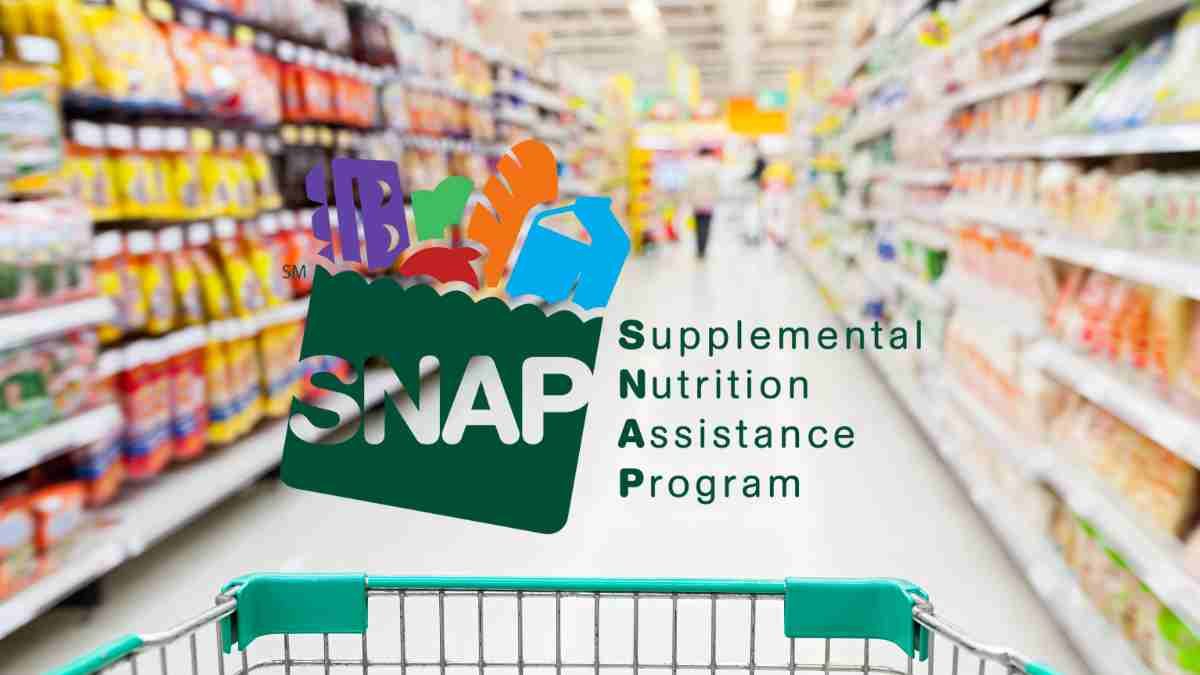The Food Stamps program, officially known as SNAP (Supplemental Nutrition Assistance Program), is the primary food assistance initiative in the United States. Its mission is to help low-income families meet their basic nutritional needs, ensuring access to a balanced diet.
Although funded by the federal government, SNAP is managed by individual states, each of which determines its own payment schedule. This means that the dates when benefits are deposited vary significantly depending on where recipients live.
How do Food Stamps Snap payments work?
Recipients access their benefits through an EBT card (Electronic Benefits Transfer), which functions much like a debit card and can be used at supermarkets, authorized retailers, and even certain online shopping platforms. However, the timing of when funds become available depends on various factors, including the recipient’s case number or the first letter of their last name, as determined by the state’s specific rules.
SNAP payments are issued monthly, but the exact dates vary. Each state uses its own system to determine when beneficiaries will receive their funds. For instance:
- California: Payments are distributed between the 1st and the 10th of the month based on the last digit of the beneficiary’s case number.
- Connecticut: Dates depend on the first letter of the recipient’s last name.
- Rhode Island: All beneficiaries receive their funds on the same day.
While this variety in payment schedules may seem confusing, it ensures an efficient allocation of resources tailored to the needs of each state.
December Food Stamps payment dates by state
Here’s a breakdown of the dates when SNAP benefits will be available for December, organized by state or territory:
- Alabama: December 4–23
- Alaska: December 1
- Arizona: December 1–13
- Arkansas: December 4–13
- California: December 1–10
- Colorado: December 1–10
- Connecticut: December 1–3
- Delaware: December 2–23
- District of Columbia: December 1–10
- Florida: December 1–28
- Georgia: December 5–23
- Hawaii: December 3–5
- Illinois: December 1–20
- Louisiana: December 1–23
- Texas: December 1–28
These schedules ensure that all recipients have access to their funds well ahead of the holiday season.
Changes expected next month
None of December’s payment dates fall on major holidays such as Christmas (December 25) or Boxing Day (December 26). However, January’s schedule could see adjustments due to the New Year’s holiday. Recipients should stay informed about potential announcements from their state agencies regarding any shifts in the payment calendar.
Support for students in the SNAP program
In a recent initiative, the Department of Agriculture announced efforts to reach out to college students who may qualify for SNAP benefits but have not yet enrolled. According to James Kvaal, U.S. Under Secretary of Education, “Nearly a quarter of college students experience food insecurity, and many of them are eligible for SNAP without realizing it.”
This outreach aims to ensure that all eligible students can access the support they need, easing the financial burden of meeting their nutritional needs while pursuing higher education.
The initiative to include more college students in SNAP reflects growing recognition of the challenges they face, especially as the cost of living and tuition continue to rise. Many students, particularly those from low-income families, struggle to afford essentials like groceries, rent, and educational materials.
By extending these benefits and raising awareness about eligibility, the program hopes to mitigate the tough choices students often face—such as skipping meals to save money or taking on additional jobs that might interfere with their studies.
This expanded effort not only addresses food insecurity but also invests in the future of these students, allowing them to focus on their academic and personal growth. With the right support, they can achieve their educational goals without the added stress of wondering where their next meal will come from. As the SNAP program continues to evolve, it plays a critical role in fostering equity and opportunity, ensuring that no one is left behind in their pursuit of a better future.




